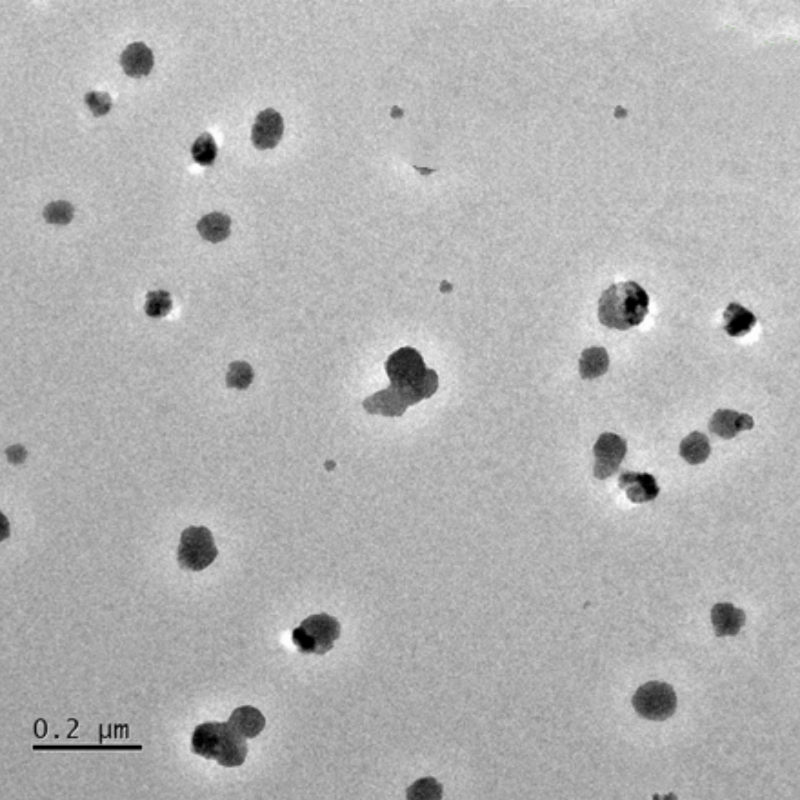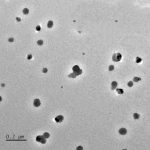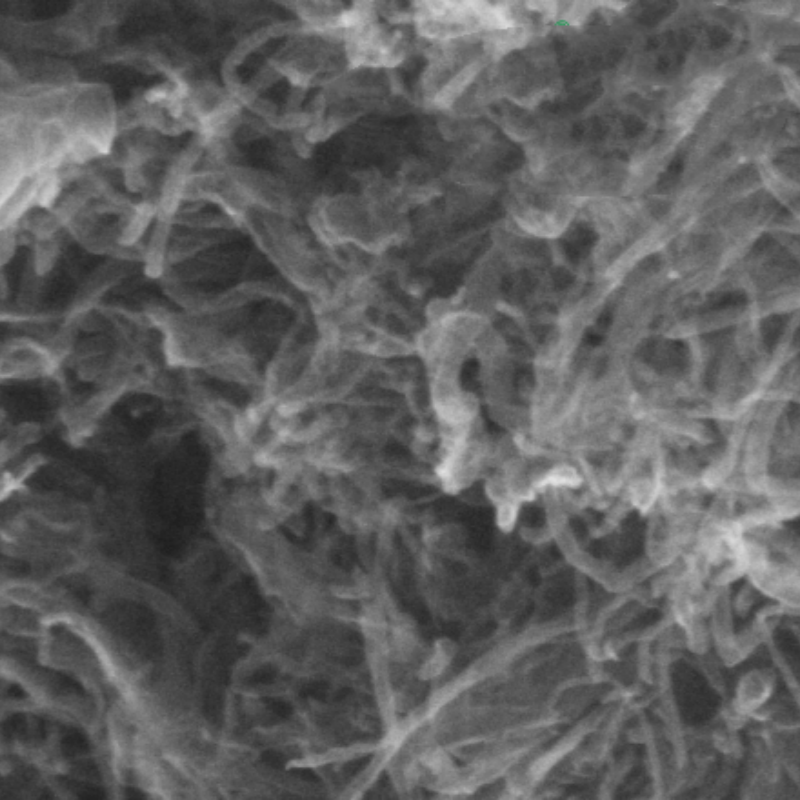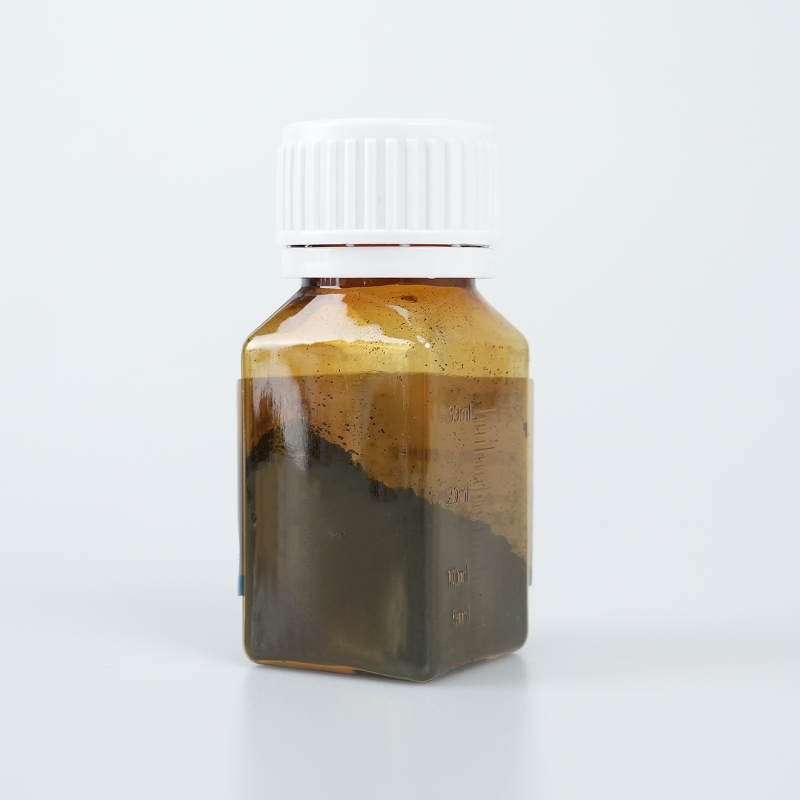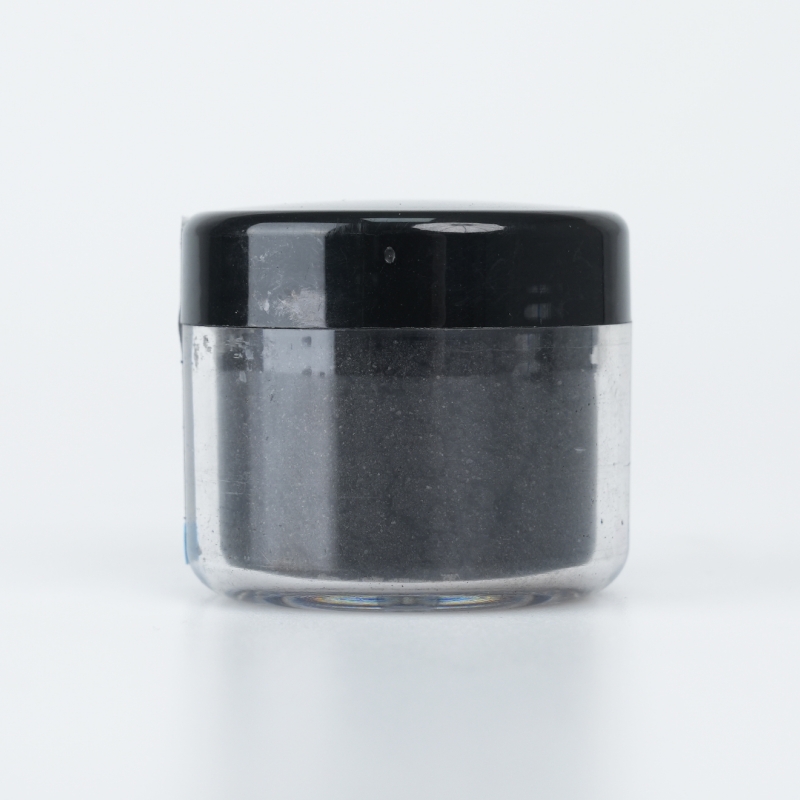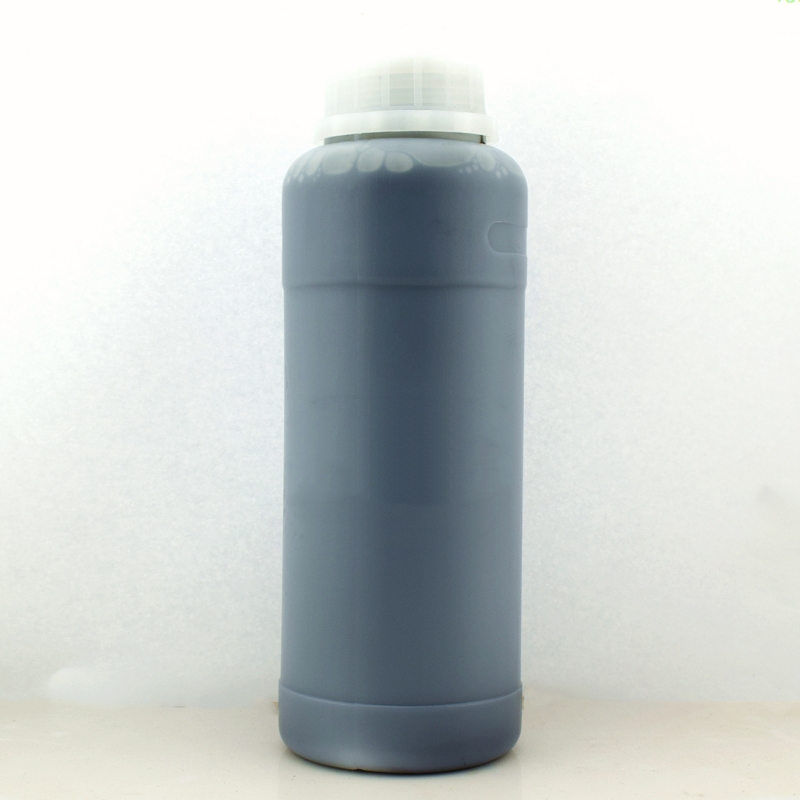Glycyrrhizin micelles provide optimized solubility, superior bioavailability, and enhanced drug delivery efficiency. Designed for pharmaceutical and biomedical applications, they ensure effective encapsulation, extended stability, and high adaptability.
Product Overview
Glycyrrhizin micelles are nano-sized micellar structures formed through the self-assembly of glycyrrhizin, a saponin derived from the root of Glycyrrhiza glabra (licorice). Glycyrrhizin possesses various pharmacological activities, including anti-inflammatory, antioxidant, immune modulation, and antiviral properties. The micellar formulation enhances the solubility and stability of hydrophobic drugs, while providing controlled drug release, improving the absorption and therapeutic effectiveness of hydrophobic compounds.
Key Features
- High Stability: The nanomicelle structure ensures excellent stability in aqueous environments, preventing degradation or aggregation.
- Hydrophobic Compound Solubility: Effectively dissolves hydrophobic drugs within the core, improving their solubility and stability in water.
- Biocompatibility: Offers good biocompatibility with low toxicity, making it suitable for biomedical applications.
- Targeting Capability: Surface modifications enable specific targeting, allowing for precise drug delivery to the intended site of action.
Applications
- Drug Delivery Systems: Facilitates the delivery of poorly soluble drugs, enhancing their bioavailability and therapeutic effectiveness.
- Allergy Treatment: Glycyrrhizin’s anti-inflammatory and immune-modulating properties are enhanced in micelle form, improving its stability and bioavailability for allergy treatment.
- Anticancer Therapy: Glycyrrhizin induces apoptosis in cancer cells and inhibits tumor cell activity, making it a potential agent for cancer treatment.
| Item | Parameter |
| Concentration | 4 mg/mL |
| Solvent | Water |
| Diameter | 20-80 nm (TEM) |
| Appearance | Colorless transparent solution |
 new material
new material

